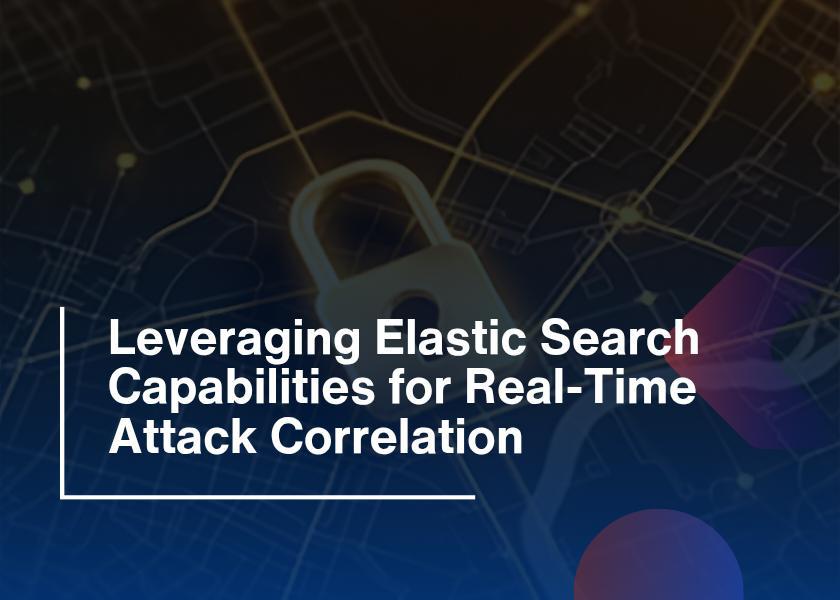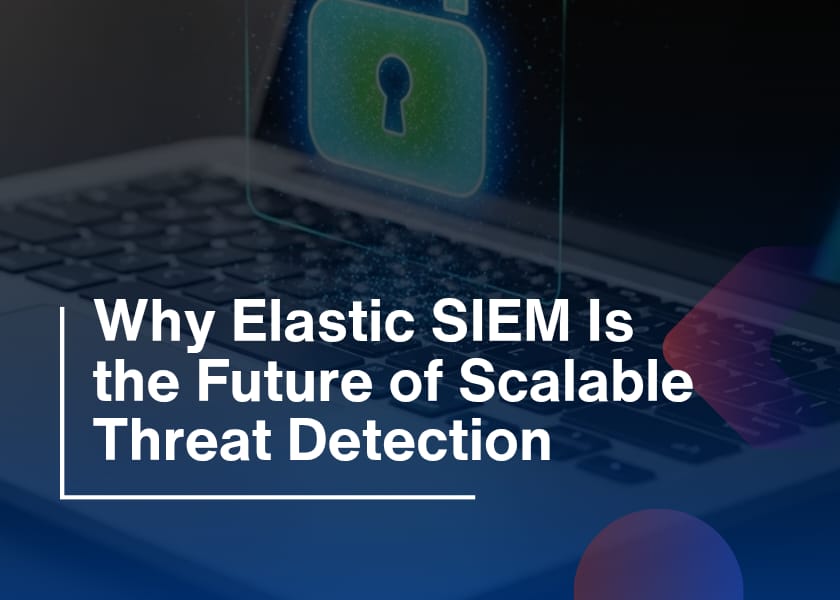As Saudi Arabia grows its digital transformation under Vision 2030, organizations are embracing modern IT infrastructures that combine traditional data centers with cloud-based services. This shift has given rise to hybrid security models. It develops systems that aim to protect a dynamic mix of on-premise and cloud-based environments. While hybrid environments increase flexibility and scalability, they also bring new security challenges that cannot be handled by traditional tools alone. In this context, EDR integration (Endpoint Detection and Response) becomes essential for safeguarding digital assets. Especially in scenarios involving multi-cloud endpoint security, EDR integration is necessary.
The Rise of Hybrid Security in Saudi Arabia
The finance and healthcare sectors, together with government entities in Saudi Arabia, have adopted hybrid IT solutions as an operational strategy in recent years. The hybrid IT model runs certain operations within private data centers and other operations inside public and private cloud environments. In addition, local security demands have surged after the introduction of this hybrid architecture system.
The implementation of hybrid IT creates numerous security complications due to its nature. Additionally, the split distribution of both data storage locations and endpoint destinations presents organizations with control management challenges. This is due to these systems existing across different platforms. Organizations must confront additional compliance requirements from Saudi Arabia’s National Cybersecurity Authority to operate successfully. The absence of advanced security protection has pushed multiple organizations to abandon outdated defense methods.
The game-changing element emerges with EDR integration systems. Environmental responses differ from conventional antivirus systems. However, they provide continuous endpoint system activity oversight. So, this enables protection teams to uncover and handle security threats before their destructive impact.
Why EDR Integration Matters in Hybrid Environments
The dependence on preventive security measures in hybrid systems, which let employees work across various endpoints from different network locations, becomes inefficient. Modern cyber dangers are more problematic alongside their increased frequency. Almost all cyber attackers deploy modern methods, including zero-day vulnerabilities, along with network lateral transfers, because these techniques elude traditional security solutions.
Integrating EDR systems produces an active method for secure operations. Practical security operates at all times to track endpoint activity while it detects non-standard activities that trigger notification alerts. EDR enables organizations to efficiently take quick corrective actions, followed by segmentation of infected systems so their security analysts can properly investigate incidents to stop new attacks.
Saudi Arabian organizations benefit from EDR devices because these tools help them reach benchmarks for government data protection regulations. Through EDR, security teams produce documentation of events and maintain records of incident management activities, which help prove their systems follow local cybersecurity standards.
Addressing Multi-Cloud Endpoint Security
Most hybrid IT environments today operate across more than one cloud platform. A business might use AWS for customer data, Azure for app hosting, and Google Cloud for collaboration tools, all while keeping some services on-premise. This multi-cloud endpoint security scenario introduces even more complexity.
Each cloud platform comes with its own set of security policies, tools, and risks. Managing endpoint security across these platforms without a centralized solution is both time-consuming and ineffective. That’s why combining EDR integration with an Integrated security framework architecture is so powerful.
With a unified EDR solution, businesses in Saudi Arabia can achieve end-to-end visibility of all endpoints, regardless of the cloud vendor or device type. EDR tools offer centralized dashboards that aggregate data, allowing security teams to detect and neutralize threats across the entire ecosystem. This is especially crucial for industries handling sensitive data, such as finance or healthcare.

Key Steps to Implement EDR in Saudi Hybrid Environments
Successfully implementing EDR in a hybrid security framework requires a well-thought-out strategy. Here’s how Saudi organizations can move forward:
- First, begin by assessing the current IT environment. Identify the platforms in use, on-prem, public cloud, and private cloud, and map all endpoints, including user devices, servers, and virtual machines.
- Next, choose an EDR solution that supports multi-cloud endpoint security. It’s important to ensure that the selected tool offers real-time analytics, automated response features, and threat intelligence tailored to Saudi Arabia’s cybersecurity landscape.
- Then, integrate the EDR tool into the existing security infrastructure. This includes configuring it to work seamlessly with SIEM (Security Information and Event Management) systems and firewalls. Automation can enhance efficiency by allowing faster threat detection and response.
- Training is also essential. Security teams must understand how to operate the new system, analyze EDR alerts, and respond to incidents. Ongoing education ensures teams can adapt as threats evolve.
- Finally, continually test and update the EDR setup. New vulnerabilities appear regularly, and an outdated system won’t offer effective protection. Regular audits, compliance checks, and threat simulations can keep the defense mechanism sharp.
Compliance and Local Regulations
In Saudi Arabia, aligning cybersecurity strategies with NCA’s standards is not optional—it’s mandatory. Organizations that fail to comply can face severe penalties or data breaches that damage their reputation.
Implementing EDR within a Unified security approach setup supports compliance by providing detailed logs, incident tracking, and centralized monitoring. These features make it easier to generate reports and demonstrate adherence to regulations during audits. Moreover, EDR integration allows security teams to track suspicious activities that may otherwise go unnoticed, especially in multi-cloud endpoint security environments where data constantly moves between systems.
Maximizing EDR Benefits in Hybrid IT Setups
EDR integration plays a critical role in securing hybrid environments. When deployed across on-premise and cloud infrastructure, it offers unified visibility, faster threat detection, and smarter response capabilities. For Saudi organizations operating in mixed IT ecosystems, aligning EDR tools with a hybrid security strategy ensures consistent protection and policy enforcement. Whether you’re using AWS, Azure, or a private data center, EDR solutions strengthen multi-cloud endpoint security and improve regulatory compliance without adding complexity.
The Future of EDR and Hybrid Security in Saudi Arabia
Looking ahead, Saudi businesses are expected to increase investment in a unified security approach and cloud technologies. As this growth continues, so will the need for advanced EDR tools capable of managing multi-cloud endpoint security. In addition, artificial intelligence and machine learning are becoming essential features of modern EDR platforms. These technologies will further enhance the ability to detect threats, predict attack patterns, and automate responses.
Local cybersecurity vendors in Saudi Arabia are also starting to offer EDR solutions tailored to Arabic-speaking teams, aligning with cultural and regulatory norms. This makes it easier for local businesses to adopt and deploy these tools without relying solely on international providers.
Final Thoughts
As Saudi Arabia continues its digital evolution, securing hybrid IT environments becomes a top priority. Organizations must go beyond traditional firewalls and antivirus tools. They need robust solutions that can adapt to dynamic, multi-platform infrastructures.
That’s where EDR integration proves invaluable. Not only does it enhance visibility and threat response, but it also supports compliance and long-term security strategy. Combined with a solid hybrid security approach and tailored to the challenges of multi-cloud endpoint security, EDR is no longer optional; it’s a strategic necessity. Saudi organizations that prioritize modern endpoint protection will be better equipped to defend against advanced threats, meet regulatory expectations, and thrive in a digitally competitive world.






